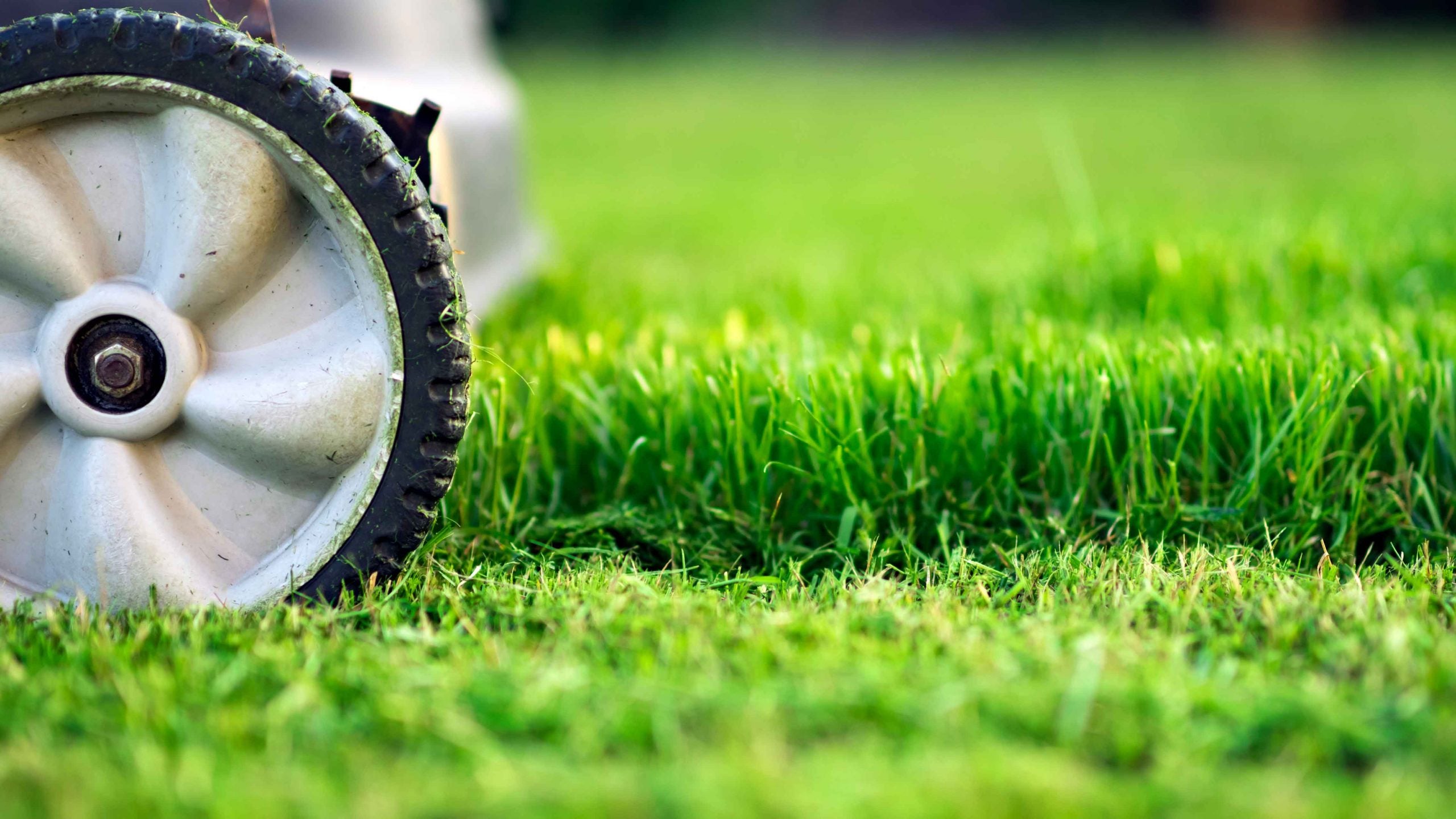KIAWAH ISLAND, S.C. — When he’s not sleeping, Marc Leishman is probably standing on a patch of grass. He competes on the stuff for a living, and when the stress of that gets to be too much, he blows off steam by meticulously manicuring the grass on his lawn.
“I love it,” Leishman says. “It’s my way of relaxing and getting rid of stress.”
So, naturally, with the second major of the golf season upon, I decided to get some lawn advice from the PGA Tour’s resident king of grass.
Fertilize a LOT
Getting a pristine, Leish-level lawn takes time, Marc says. You have to cultivate the grass so it can survive (and thrive) being cut at very short lengths. And the first step towards doing that, he says, is fertilizing. A lot.
“I fertilize about six times a year,” he says. “Mostly between stretches when I’m not traveling as much.”
Leishman says it’s important to note that you can over-fertilize your grass. When that happens you’ll burn and potentially kill your lawn. Not good.
That’s why Leish says he times his applications, every 6 weeks or so starting early in the spring so he can get a full yearly fertilizing cycle.
Cut it all the time
Fertilizing your grass is a bit like giving steroids to a human: It’s going to grow a lot faster. So if you move your lawn onto a full fertilizing cycle, Leishman says you’ve got to be prepared to cut it — a lot.
“You’ve got to cut it all the time, every day or two,” he says to those aspiring to Leish-level lawn perfection. “Bermuda you’ve got to keep really short.”
Leishman says he keeps his shortest grass at about 0.25 inches, and uses a reel mower to avoid tearing the grass for a cleaner cut.
And don’t think you can simply chop off a bunch of your grass when you want to enjoy your grass at a lower level: You can only chop-off about a third of the length of your grass at one time. More than that will stress the grass out and potentially kill it. So if you want an ultra-short lawn the first step is avoid letting it get too long in the first place.
If you’re looking for a more manageable cutting schedule — mowing about once or twice a week — Leish has some advice for that, too:
“It depends on what grass you’ve got, but keep it at about an inch or two,” he says. “That’ll make it look nice.”
Firm it up
Leishman is from Australia, where the courses tend toward firm-and-fast. That’s the style he likes both on the course and in his yard. It also has the added benefit of controlling your water usage and, therefore, your maintenance costs.
“You want to make sure you’re watering in your fertilizer,” he says. “But outside of that and just keeping the grass alive, I like it a little firmer.”
Fit the grass to your climate
Last but not least, finding the right type of grass is especially important for your lawn, Leishman says. He opts for Bermuda, being in Florida, but Leishman says those in the northern climes should opt for cold-season grasses like perennial rye and bentgrass.
“Bermuda would probably die up in the winter,” he says. “A winter grass is a better fit for the climate so it’ll grow better.'”
All this plus periodic aeration, and viola, you’ve got a Leish-level lawn. It doesn’t come easy, but if you’re up for the task, it can be worthwhile one.
Oh, and as for the grass at the PGA Championship, the major he’ll be vying for this week?
“Greens are as good as you’ll ever get, they’ve done a good job,” he says. “Hopefully the rain stays away so we can firm it up.”
